Realising that the existing online referral system (ORS) has significantly complicated service delivery under the Ayushman Bharat Arogya Karnataka (AB-ArK) scheme, the State Health Department is examining a proposal to relax referral requirements for certain super-speciality procedures in the first phase.
Apart from this, the department is also considering doing away with referrals for all simple secondary procedures in BBMP areas. This is because the existing government hospital beds in Bengaluru are not proportionate to the population and the referral system is causing severe hardship to needy patients.
The proposal has been drafted following a detailed review of the existing online referral system through field visits and interactions with various stakeholders, including health service providers, beneficiaries at private medical colleges and empanelled private hospitals, as well as field staff from the Suvarna Arogya Suraksha Trust (SAST), the agency implementing the health scheme.
The (AB-ArK) scheme covers 1,650 procedures — 294 simple secondary, 251 complex secondary, 934 tertiary care procedures and 171 emergency procedures. While the simple secondary procedures are completely handled at the government hospital level, for all other procedures, patients need to be referred by a government hospital to a higher facility (including empanelled private hospitals) if the former is not equipped to treat the illness. The scheme offers cashless treatment up to ₹5 lakh a year per family. Around 3.42 lakh patients have been referred online since June 2022, when the ORS was introduced in Karnataka, till June 2025.
The referral policy, which has been in place since the inception of the scheme and was done manually prior to June 2022, has undergone multiple changes. Initially, the scheme offered free services at government institutions and package based services at the private hospital. However, it was later modified to include reimbursement packages for government hospitals for various procedures — 50% (secondary), 75% (tertiary), and 100% (cardiac) of the total package cost. Government institutions currently receive approximately ₹1,000 crore annually from the scheme in the form of claim reimbursements.
Issues with referral system
Harsh Gupta, principal secretary (Health and Family Welfare), told The Hindu that interactions with various stakeholders had revealed that the existing referral system has significantly complicated service delivery under the scheme, particularly for under-privileged sections of society. “It adds another layer of complexity during emergencies. Patients are forced to navigate the process just to access services at empanelled institutions,” he said.
“The proposal is to relax the referral requirements for certain procedures that would anyways have been referred by a government hospital to a private empanelled facility. Procedures such as cardiology, cardiothoracic surgery, cardiovascular surgery, urology, medical oncology, surgical oncology, and radiation oncology can be considered in the first phase. The applicability of the referral policy should depend on the accessibility, availability of services, and capacity of the healthcare system, as well as the patient load,” he said.
In reputed medical college hospitals
Besides, referral relaxation is also under consideration for neonatal codes related to babies born in non-empanelled hospitals. This is likely to be permitted exclusively for medical colleges with adequate infrastructure.
“On a pilot basis, we have relaxed referral requirements for a sub-set of complex secondary and tertiary procedures at Sathya Sai Memorial Hospital in Chikkaballapur district and BLDE Medical College Hospital in Vijayapura for the last six months. Now, we want to try it out in other reputed medical colleges, selected on some objective criteria such as those preferred by top rankers in NEET exam. We can list out top 50% of such colleges either on this criteria or on some other reasonable criteria. Thereafter, these selected private medical colleges can be exempted from the requirement of reference for tertiary procedures,” he explained.



.png)
.png)
.png)
















 1 week ago
6
1 week ago
6
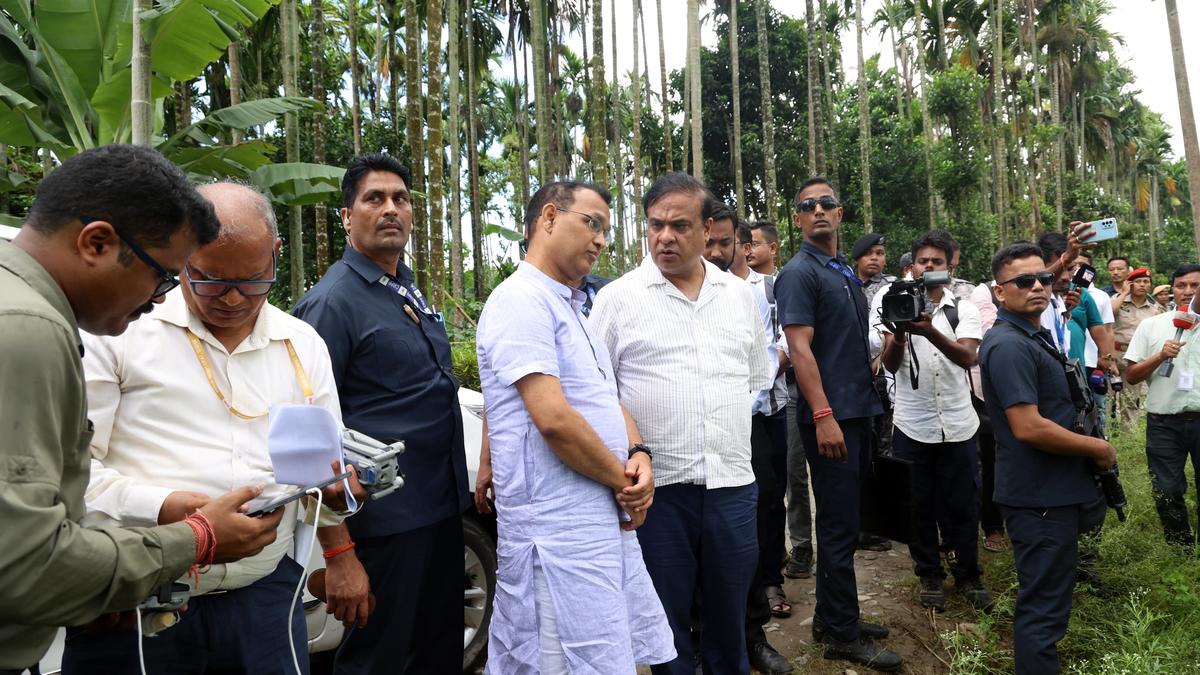
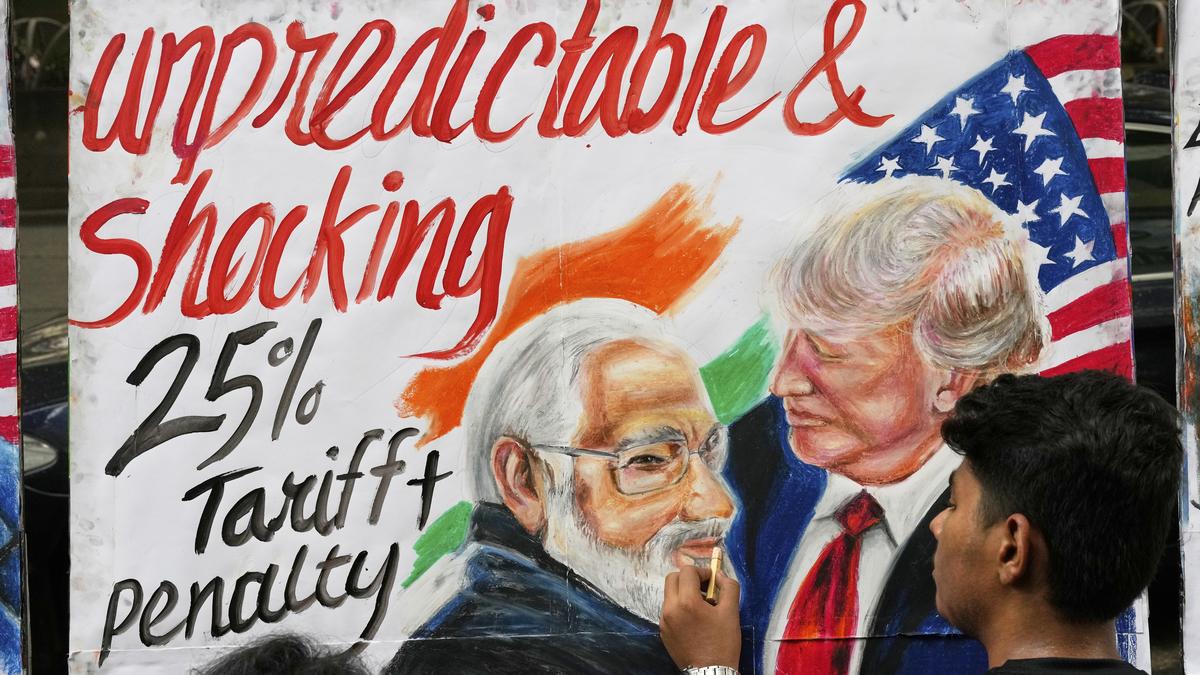
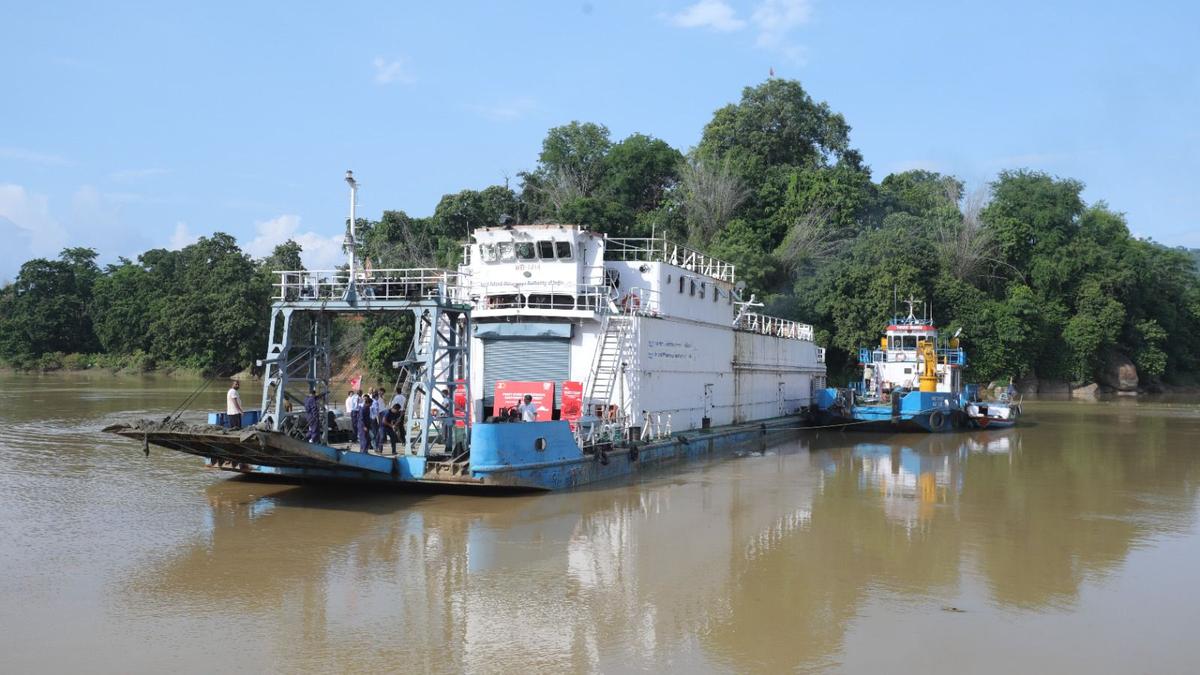


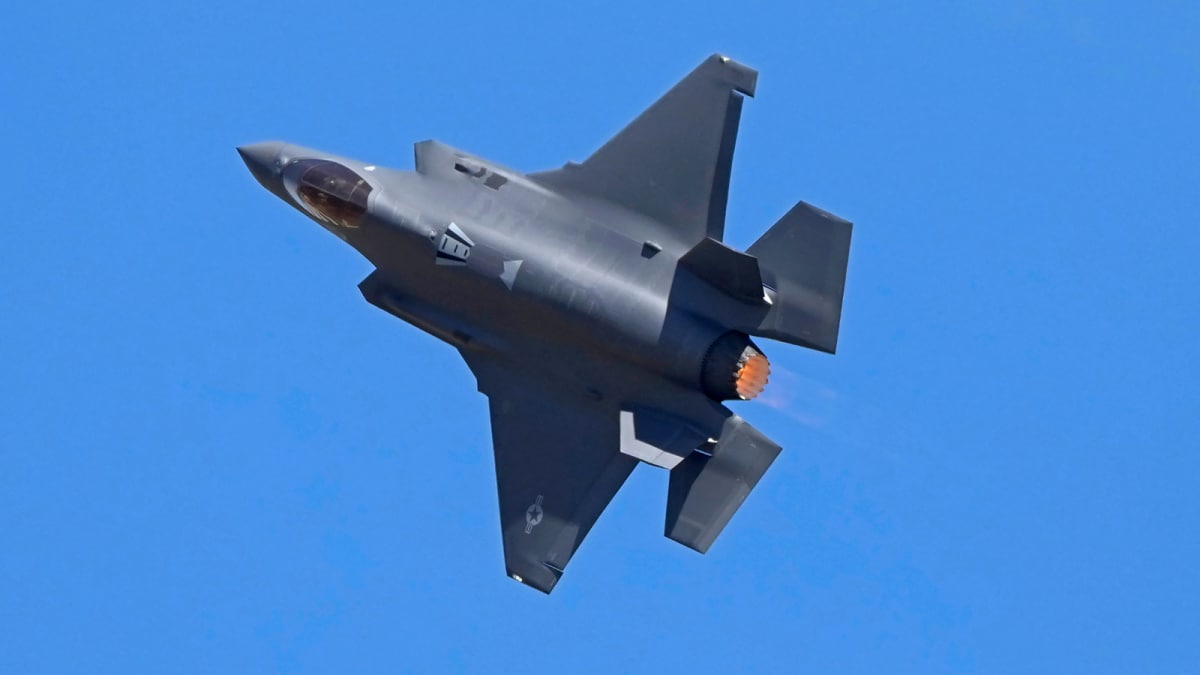
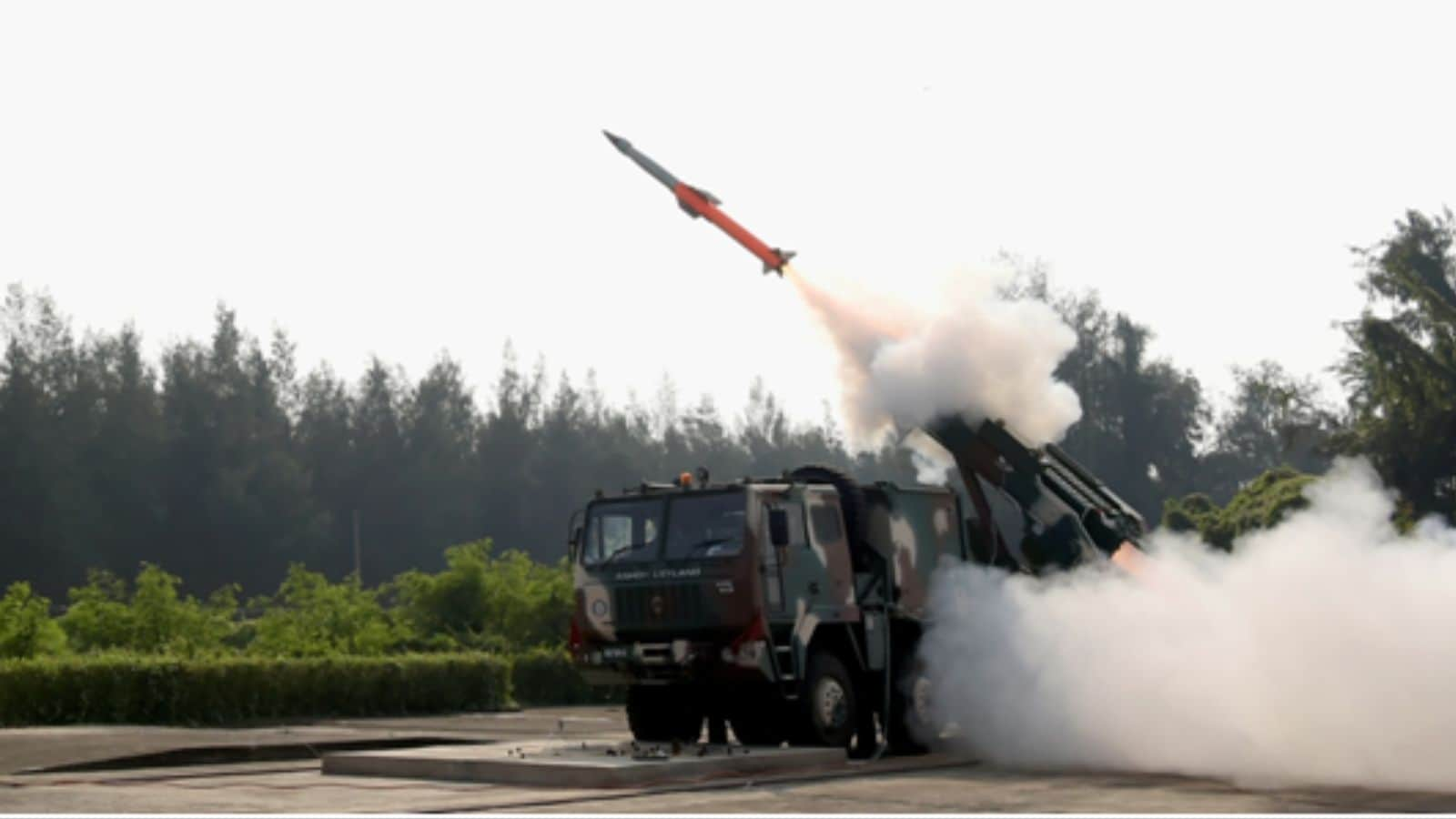


 English (US) ·
English (US) ·